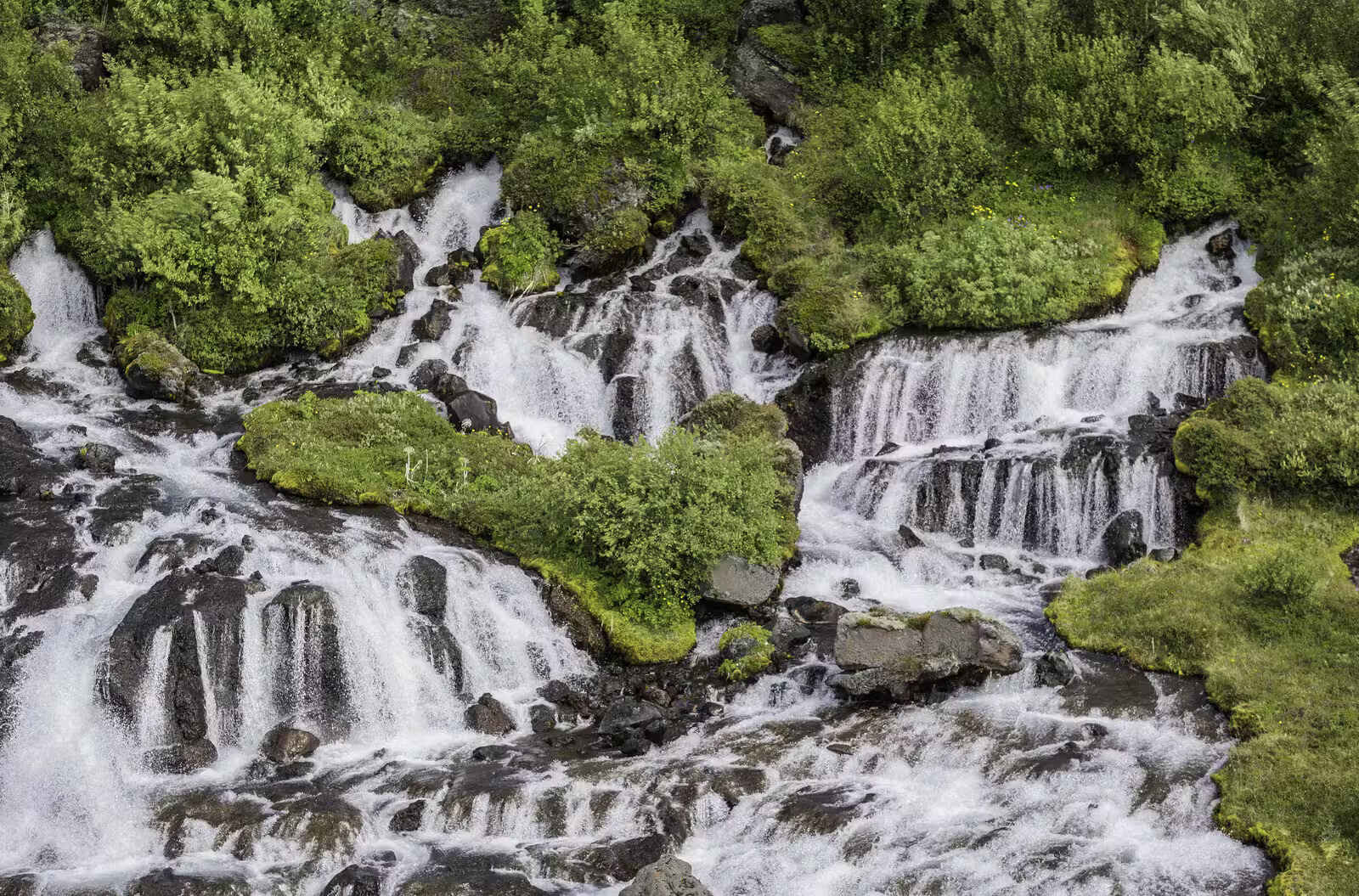
Icelandic nature is a wonderland of contrasts and extremes. From fiery volcanoes to icy glaciers, this island nation offers a unique blend of natural phenomena. Did you know that Iceland is home to more than 200 volcanoes? Or that it boasts Europe’s largest glacier, Vatnajökull? The country’s geothermal activity not only powers homes but also creates relaxing hot springs. Iceland’s landscapes are dotted with stunning waterfalls, like the majestic Gullfoss, and black sand beaches that look like scenes from another planet. Wildlife enthusiasts can spot puffins, whales, and Arctic foxes in their natural habitats. Ready to learn more about this incredible place? Let's dive into 26 fascinating facts about Icelandic nature!
Key Takeaways:
- Iceland's geology is shaped by volcanic activity and tectonic plates, creating hot springs, geysers, and stunning landscapes. The island's glaciers are melting due to climate change, and its waterfalls and unique flora and fauna make it a natural wonder.
- Iceland's climate is mild but unpredictable, with long summer days and short winter days. The country is also home to natural wonders like the Northern Lights and Þingvellir National Park, a UNESCO World Heritage site.
Iceland's Unique Geology
Iceland's geology is a marvel of nature. From volcanic activity to stunning landscapes, this island has it all.
- Iceland sits on the Mid-Atlantic Ridge, where the Eurasian and North American tectonic plates meet. This causes frequent volcanic activity.
- The island is home to around 130 volcanoes, with 30 of them being active.
- The most famous volcano, Eyjafjallajökull, erupted in 2010, disrupting air travel across Europe.
- Iceland has more than 600 hot springs, thanks to its geothermal activity.
- The island features over 200 geysers, including the famous Strokkur, which erupts every 6-10 minutes.
Iceland's Glaciers and Ice Caps
Glaciers cover a significant portion of Iceland, creating breathtaking landscapes and unique ecosystems.
- Glaciers cover about 11% of Iceland's land area.
- Vatnajökull is the largest glacier in Europe, covering around 8,100 square kilometers.
- Jökulsárlón is a stunning glacial lagoon filled with icebergs from the Breiðamerkurjökull glacier.
- Iceland's glaciers are melting at an alarming rate due to climate change.
- The ice caves in Vatnajökull are a popular tourist attraction, offering a surreal experience.
Iceland's Waterfalls
Iceland boasts some of the most beautiful waterfalls in the world, each with its unique charm.
- Gullfoss, also known as the "Golden Falls," is one of Iceland's most iconic waterfalls.
- Seljalandsfoss allows visitors to walk behind the cascading water, offering a unique perspective.
- Skógafoss is 60 meters high and 25 meters wide, creating a powerful spectacle.
- Dettifoss is the most powerful waterfall in Europe, with an average water flow of 193 cubic meters per second.
- Goðafoss, or "Waterfall of the Gods," is steeped in Icelandic history and mythology.
Iceland's Flora and Fauna
Despite its harsh climate, Iceland is home to a variety of plant and animal species.
- The Arctic fox is the only native land mammal in Iceland.
- Iceland has no native reptiles or amphibians.
- Puffins are a common sight along the coast, with millions nesting on the cliffs.
- The island's flora includes around 1,300 species of plants, including mosses, lichens, and flowering plants.
- Icelandic horses are a unique breed, known for their small size and five gaits.
Iceland's Climate and Weather
Iceland's climate is surprisingly mild, given its northern location, but it can be unpredictable.
- The Gulf Stream moderates Iceland's climate, keeping temperatures relatively mild.
- Reykjavik, the capital, has an average temperature of 1°C in January and 11°C in July.
- Iceland experiences long summer days with nearly 24 hours of daylight, known as the Midnight Sun.
- Conversely, winter days are short, with only a few hours of daylight.
- The Northern Lights, or Aurora Borealis, are visible in Iceland from September to April, creating a mesmerizing light show.
Iceland's Natural Wonders
Iceland is home to some of the most unique and awe-inspiring natural wonders in the world.
- Þingvellir National Park is a UNESCO World Heritage site, where the tectonic plates are visibly pulling apart.
Iceland's Natural Wonders
Iceland's nature offers a stunning mix of volcanoes, glaciers, geysers, and waterfalls. The Northern Lights dance in the sky, while midnight sun brightens summer nights. Unique wildlife like Arctic foxes and puffins call this place home. The island's geothermal activity powers homes and heats pools, making it a leader in renewable energy. Black sand beaches and lava fields create otherworldly landscapes. Hot springs provide natural relaxation spots.
Iceland's nature isn't just beautiful; it's a testament to the planet's raw power and beauty. Whether you're hiking a glacier, soaking in a hot spring, or watching the Northern Lights, Iceland's natural wonders leave a lasting impression. So, pack your bags and experience the magic of Iceland's nature firsthand. You'll return with memories that last a lifetime.
Frequently Asked Questions
Was this page helpful?
Our commitment to delivering trustworthy and engaging content is at the heart of what we do. Each fact on our site is contributed by real users like you, bringing a wealth of diverse insights and information. To ensure the highest standards of accuracy and reliability, our dedicated editors meticulously review each submission. This process guarantees that the facts we share are not only fascinating but also credible. Trust in our commitment to quality and authenticity as you explore and learn with us.
